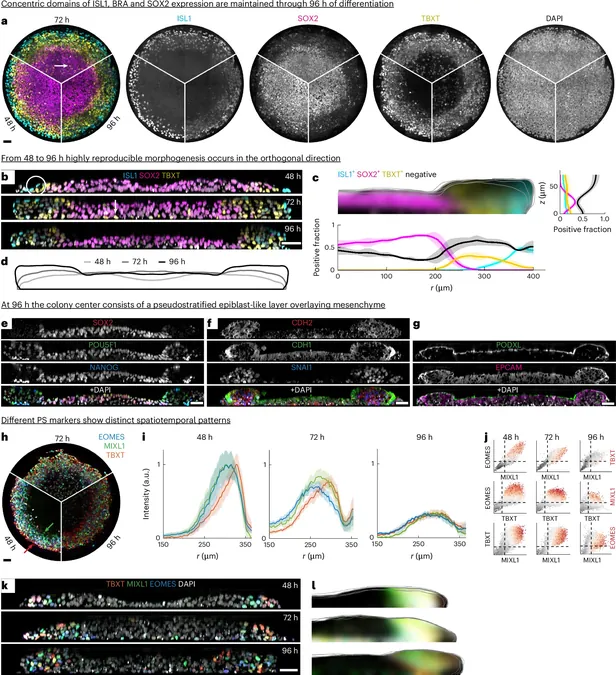
Revolutionary Model Unlocks Secrets of Embryo Development!
2025-05-15
Author: Jia
Breakthrough in Embryonic Research at University of Michigan
A groundbreaking study led by Ph.D. candidate Bohan Chen, alongside Idse Heemskerk and their team at the University of Michigan Medical School, is set to change the game in understanding embryo development. Their innovative research reveals critical insights into the embryonic formation process, shedding light on what can go awry and leading to potential birth defects.
The Gastruloid Advantage: A Safer Alternative
Traditional embryo studies face significant ethical and technical challenges. In response, researchers often resort to crafting simple 2D structures known as gastruloids—clumps of stem cells cultured in a dish that mimic the early stages of embryonic development without the risk of developing into a human.
These gastruloids effectively simulate a key developmental phase called gastrulation, where embryonic layers form the foundation for vital body structures: the ectoderm for skin and nervous systems, the mesoderm for muscles and organs, and the endoderm for the gastrointestinal tract.
Extended Cultivation: A Game Changer
One major limitation of typical gastruloid studies has been their short lifespan, usually lasting just two days before chaos ensues. However, Heemskerk's team made pivotal advancements in culture techniques, managing to extend the longevity of these models.
"We experimented with different culture media and made crucial improvements, leading to significant developments after two days," Heemskerk remarked. This new model allowed them to witness mesoderm stem cells behaving much like they would in an actual embryo, migrating beneath the initial cell layer to form a structured organization.
Mysteries of Mesoderm Migration Unveiled!
The ability to visualize this migration opens new doors in embryonic research. "It's incredibly challenging to observe this process even in mice," Heemskerk stated. The findings suggested that something unknown is directing the migration of these stem cells, a major breakthrough that could enhance our understanding of congenital issues, such as heart defects.
Cell Identity: Fate or Function?
Moreover, the researchers discovered that the mesoderm cells within the gastruloids showcase various subtypes driven by distinct gene expressions, identifiable through fluorescence techniques. This raises fascinating questions: Do the cells possess an inherent knowledge of their destinies before migration, or is their ultimate fate determined by their destination?
With their novel extended model, Heemskerk is excited to delve deeper into developmental mysteries, stating, "This simplified model allows us to observe crucial biological phenomena while minimizing ethical concerns tied to direct embryo research." Expect significant insights to emerge from this riveting field of study!

 Brasil (PT)
Brasil (PT)
 Canada (EN)
Canada (EN)
 Chile (ES)
Chile (ES)
 Česko (CS)
Česko (CS)
 대한민국 (KO)
대한민국 (KO)
 España (ES)
España (ES)
 France (FR)
France (FR)
 Hong Kong (EN)
Hong Kong (EN)
 Italia (IT)
Italia (IT)
 日本 (JA)
日本 (JA)
 Magyarország (HU)
Magyarország (HU)
 Norge (NO)
Norge (NO)
 Polska (PL)
Polska (PL)
 Schweiz (DE)
Schweiz (DE)
 Singapore (EN)
Singapore (EN)
 Sverige (SV)
Sverige (SV)
 Suomi (FI)
Suomi (FI)
 Türkiye (TR)
Türkiye (TR)
 الإمارات العربية المتحدة (AR)
الإمارات العربية المتحدة (AR)